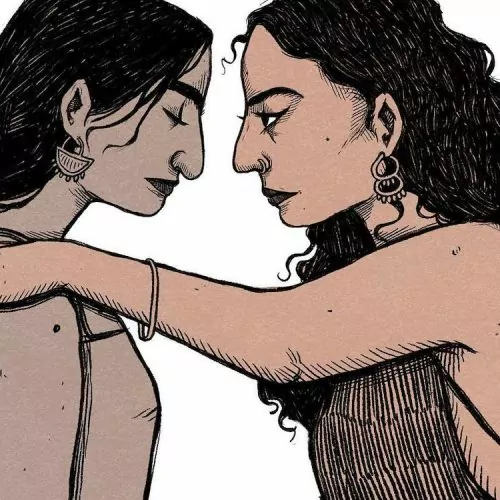What does it mean to be boundary-breaking? And what about boundary-pushing? I’ve seen the world use variations of the phrase to describe everyone from photographers documenting taboo subjects, to hijabi models reaching historic firsts in an industry that once ignored them.
Halima Aden just became the first hijabi Sport Illustrated Rookie, proudly donning a burkini (the garment-turned-political-statement), which lead to a slew of headlines marking the boundaries she’d broke. In 2016, Libyan-American journalist Noor Tagouri was at the centre of a muddled mix of news articles surrounding her feature in Playboy magazine. She too, broke a boundary that day. For some, they both pushed it too far.
I don’t wear the hijab, but as someone who witnessed the struggles my hijabi mother and friends went through living in a post 9/11 America, I recognise the significance of both of these moments.
To some, perhaps they gave way to the same sentiment I carried as I watched Ramy Youssef’s show, Ramy, where for the first time, I saw faces and trailed a story so familiar to mine on a platform that had never looked to my narrative before. To others, Aden in Sports Illustrated and Tagouri in Playboy were mere forms of exploitation, whereby both publications were out for their own interests, tokenising both women under the guise of ‘wokeness’ and gaining publicity in the process.
And I too stand behind the questioning of the publication’s motives. We’ve seen a spike in conversations surrounding representation over the last few years, and brands and publications have been anything but shy about their pivot towards the marginalised communities they once dismissed.
And when it comes to the recent embrace of modesty in particular, good publicity is just one of the many motives at play. With the Middle East’s purchasing power, capital gain is arguably one of the biggest drivers.
With all variables considered, boundaries were still pushed, some completely shattered. But in its current state, representation is a double-edged sword—and it will remain so if we continue to allow others to define those boundaries for us.
On one side sits the powerful emotions that run through you as you casually scroll through ASOS and see a hijabi modelling your favourite brands. Or the story of a black man wearing a Band-Aid that matched his skin colour that went viral last week. “I definitely didn’t expect the complex emotions that would swirl as I watched it just … blend in,” he tweeted. “‘This felt like belonging. Like feeling valued.”
Even in its subtlest forms, representation will leave those starved of it on the verge of tears. But is the sentiment of belonging so powerful that we’re forsaking agency?
The other side of the sword is sharp. Boundary breaking is the infiltration of Western, white, and/or male spaces. It dictates that the power of representation slips right through our hands and into the laps of others, leaving decision-making to the very same powers who’ve designed and facilitated the existence of the boundaries we’re so eager to break.









